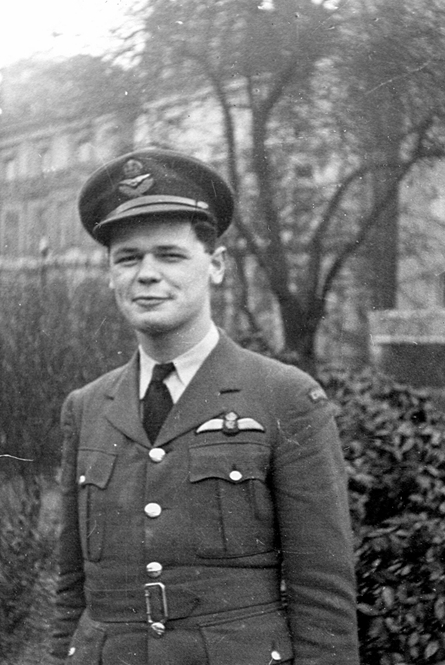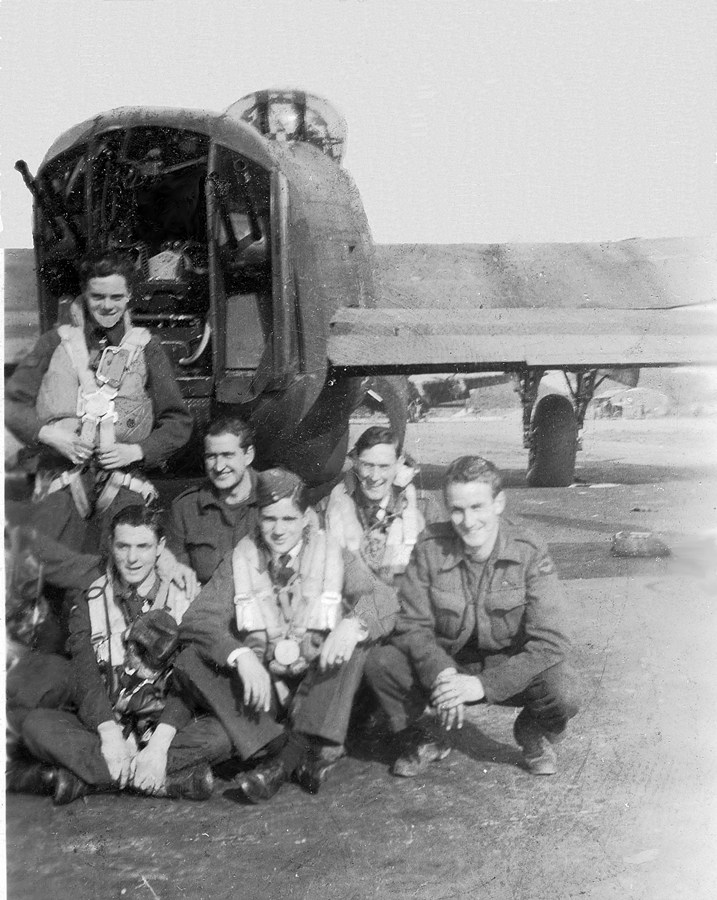

 There would be a wait of four days before F/O
Rokeby was listed to take his first compulsory stint at 2nd. Pilot training. It would be another ten days
before he was again listed on the Battle Order to take his second 2nd.Pilot op.
There would be a wait of four days before F/O
Rokeby was listed to take his first compulsory stint at 2nd. Pilot training. It would be another ten days
before he was again listed on the Battle Order to take his second 2nd.Pilot op. After two weeks at "R" Depot at Warrington, F/L Rokeby was once again on a troop ship, this time the HMT
Aquitania, landing at Quebec City and to repatriation at Rockcliffe in Ottawa. It would not be the end of
his RCAF career or his acquaintance with HMT Aquitania. By the end of March of 1945 he was back in Britain this time
as part of instructional training at No.1664 Dishforth and then Rufforth H.U.
After two weeks at "R" Depot at Warrington, F/L Rokeby was once again on a troop ship, this time the HMT
Aquitania, landing at Quebec City and to repatriation at Rockcliffe in Ottawa. It would not be the end of
his RCAF career or his acquaintance with HMT Aquitania. By the end of March of 1945 he was back in Britain this time
as part of instructional training at No.1664 Dishforth and then Rufforth H.U.